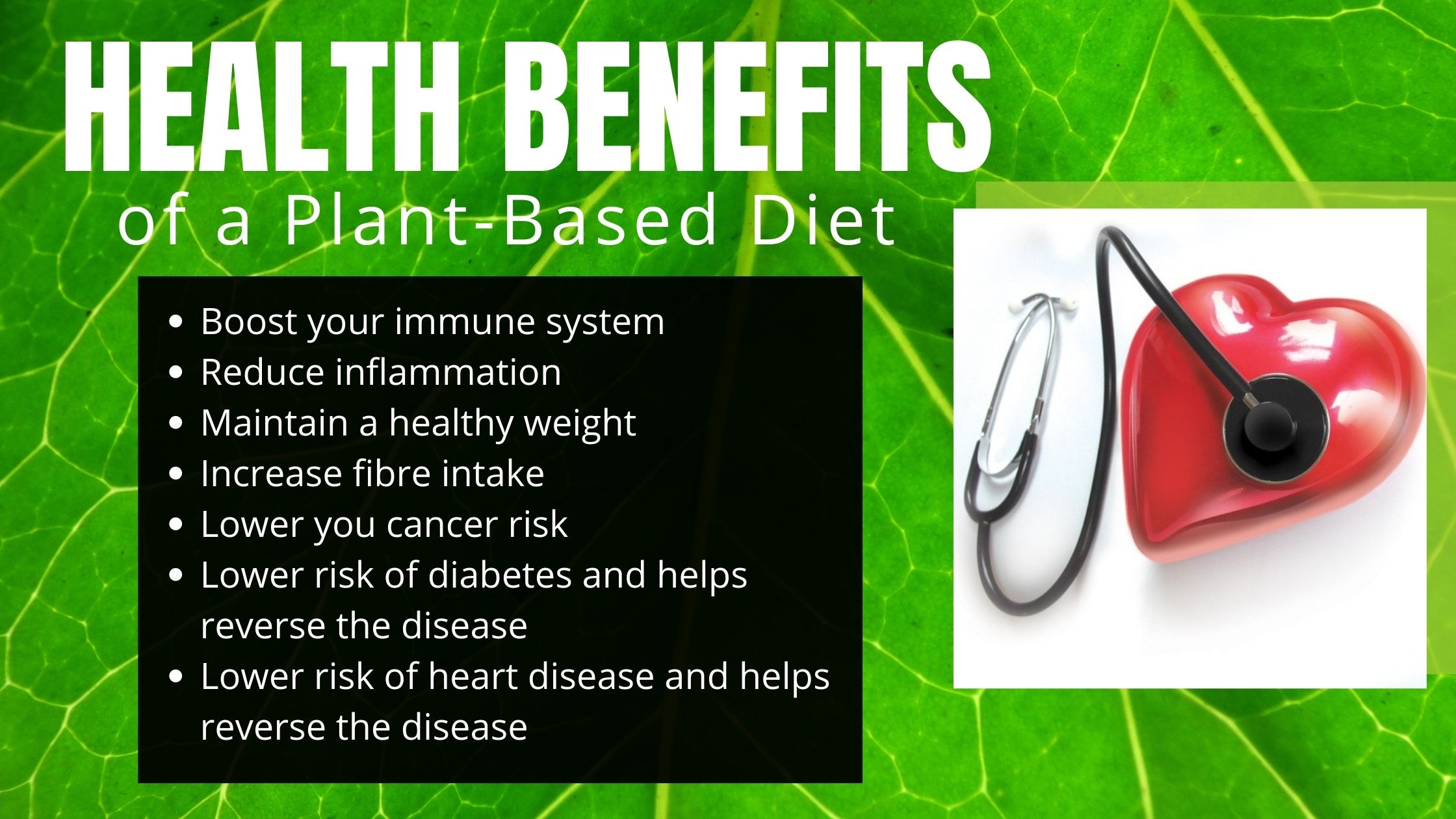
Although stroke is now one of the most common causes of death in developed countries, little research has been done to determine the role of diet in stroke recovery. There are many risk factors for stroke including obesity, hypertension, and physical inactivity. A healthy diet can help reduce stroke risk. Several studies have demonstrated that patients who follow a plant-based diet have a significantly lower risk of hemorrhagic stroke. These diets are also known to prevent or treat hyperlipidemia as well as type 2 diabetes.
To speed recovery and ensure a successful rehabilitation, stroke patients require a balanced diet. A carefully evaluated diet is an important aspect of stroke prevention. A plant-based diet has a high amount of vegetables and legumes. It has a low intake of meat and sweets. It could also help reduce the number and cost of medication needed for chronic diseases. Plant-based diets are also affordable.

The current study considered the dietary habits and rehabilitation of stroke patients after discharge from hospital. The patients were given sample menus to follow in the post-hospital period. They had to declare whether they followed the recommended diet. The results revealed that patients who had low levels of protein had better functional fitness. A vegetarian diet reduced the prevalence of hypertension. They also had a lower chance of suffering from total stroke and hemorhagic accidents.
These diets also resulted in an increase in muscle mass and body fat. Patients who took plant-based foods had significantly lower plasma homocysteine levels. This is a risk for stroke. Diets that are high in fiber also have positive effects on glycemic control, lowering the risk of coronary heart disease. Blood pressure can be positively affected by diets high in whole grains and fruits. These diets also improve insulin sensitivity.
Low glucose levels can have a negative impact on blood pressure. A low intake of vitamin B12 has been shown to be associated with high plasma homocysteine levels. Researchers recommend future studies that include longer-term observations of patients with strokes and a greater number of stroke victims.
It is crucial to remember that the United States' largest health problem is diet. Studies show that stroke patients are more likely to eat poorly and have a greater calorie intake. The stroke-related risks of hypertension and obesity are also associated with poor dietary habits. Studies have shown that total stroke risk is significantly reduced when a diet includes plant-based food. These diets are particularly rich in fruits and vegetables, legumes, nuts, and seeds.

For treating type 2 diabetes and hyperlipidemia, plant-based diets can be very effective. They are also associated lower rates of hemorhagic as well as ischemic strokes. Several studies have shown that diets rich in fiber reduce blood pressure. They can also lower serum cholesterol and improve glycemic control. They can also improve gastrointestinal disorders.
FAQ
How can you live your best life every day?
To live a happy life, the first step is to discover what makes you happy. Once you are clear about what makes you happy and satisfied, you can move on to the next step. You can also ask others how they live their best lives everyday.
You can also find books such as "How to Live Your Best Life" written by Dr. Wayne Dyer. He talks about how to find happiness and fulfillment at all stages of our lives.
What are the ten best foods to eat in America?
These are the 10 best foods you can eat:
-
Avocados
-
Berries
-
Broccoli
-
Cauliflower
-
Eggs
-
Fish
-
Grains
-
Nuts
-
Oats
-
Salmon
What can I do to boost my immune system?
The human body is made up of trillions and trillions cells. These cells combine to form organs or tissues that serve specific functions. Another cell takes its place when a cell dies. Hormones, which are chemical signals that allow cells to communicate with one another, enable them to do so. Hormones control all bodily functions, including growth, development, metabolism, immunity and immune system.
Hormones can be described as chemicals produced by glands in the body. They are messengers that help control how our bodies operate. Some hormones come from the body and others are produced outside.
When a hormone-producing gland releases their contents into the bloodstream, hormone production begins. Once released, hormones move through the body until they reach their target organ. In some cases, hormones remain active only for a short period of time. Some hormones remain active for longer periods of time and can continue to have an impact on the body's function long after they are gone.
Some hormones are produced in large quantities. Others are made in very small amounts.
Some hormones are produced at certain times during life. The production of estrogen can occur during puberty and pregnancy, as well as menopause and old age. Estrogen assists women with breast development, bone density, and osteoporosis prevention. It is also known to promote hair growth and keep skin soft and smooth.
How do I determine what's good?
Listening to your body is essential. Your body knows what you need when it comes time to eat, exercise, and get enough rest. Your body will tell you what to do so that you don't go overboard. Listen to your body and make sure you're doing everything you can to stay healthy.
Why should we live a healthy existence?
Healthy living can lead to a longer and happier life. Regular exercise, healthy eating habits, healthy sleep habits and stress management can all help prevent strokes, heart disease, diabetes, and cancer.
A healthy lifestyle can also help improve mental health and make it easier to deal with everyday stressors. A healthy lifestyle will increase self confidence, and it will make us feel younger.
Statistics
- nutrients.[17]X Research sourceWhole grains to try include: 100% whole wheat pasta and bread, brown rice, whole grain oats, farro, millet, quinoa, and barley. (wikihow.com)
- According to the 2020 Dietary Guidelines for Americans, a balanced diet high in fruits and vegetables, lean protein, low-fat dairy and whole grains is needed for optimal energy. (mayoclinichealthsystem.org)
- WHO recommends reducing saturated fats to less than 10% of total energy intake; reducing trans-fats to less than 1% of total energy intake; and replacing both saturated fats and trans-fats to unsaturated fats. (who.int)
- This article received 11 testimonials and 86% of readers who voted found it helpful, earning it our reader-approved status. (wikihow.com)
External Links
How To
What does the meaning of "vitamin?"
Vitamins are organic substances found naturally in food. Vitamins help us absorb nutrients from foods we eat. Vitamins cannot come from the body so food must provide them.
There are two types of vitamins: water soluble and fat soluble. Water-soluble vitamins dissolve quickly in water. You can find vitamin C,B1 or thiamine, B2 or riboflavin and B3 or niacin. B6 is pyridoxine. Folic acid, biotin and pantothenic are some examples. The liver and fatty tissues are home to fat-soluble vitamins. You can find vitamin D, E K, A and beta carotene as examples.
Vitamins are classified based on their biological activity. There are eight main types of vitamins:
-
A - vital for normal growth and maintaining good health.
-
C - vital for nerve function and energy generation
-
D – Essential for healthy teeth, bones and joints
-
E is required for good vision and reproduction.
-
K – Required for healthy muscles & nerves.
-
P – Vital for building strong bones.
-
Q - aids in digestion of iron and iron absorption
-
R - necessary for making red blood cells.
The recommended daily allowance (RDA) of vitamins varies depending on age, gender, and physical condition. RDA values are set by the U.S. Food and Drug Administration (FDA).
For adults 19 years and over, the RDA vitamin A intake is 400mg/day. Pregnant mothers need 600 micrograms a day to ensure fetal growth. Children ages 1-8 require 900 micrograms per day. Infants below one year of age need 700 micrograms daily. But, between 9 months to 12 months of age, the amount drops to 500micrograms per days.
Children between the ages of 1-18 need 800 micrograms per daily for obesity, while those overweight require 1000 micrograms. To meet their nutritional needs, children underweight and obese need 1200micrograms.
Children aged 4-8 who have anemia are required to consume 2200 micrograms of Vitamin C daily.
2000 micrograms daily is required for adults over 50 to maintain their general health. Breastfeeding or pregnant women require 3000 micrograms per daily due to higher nutrient demands.
1500 micrograms are required daily by adults over 70 because they lose approximately 10% of their muscle each decade.
Women who are pregnant and lactating need more nutrients than the RDA. Pregnant mothers need 4000 micrograms per daily during pregnancy and 2500 after giving birth. Breastfeeding mothers need to consume 5000 micrograms each day when breastmilk has been produced.